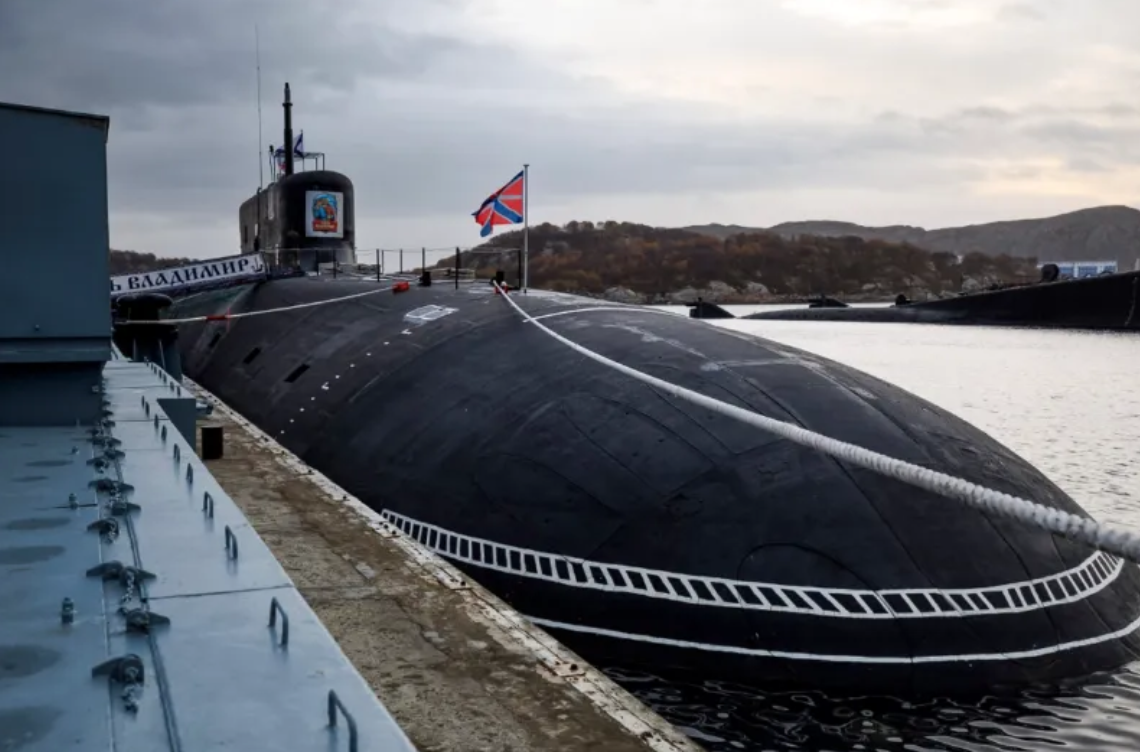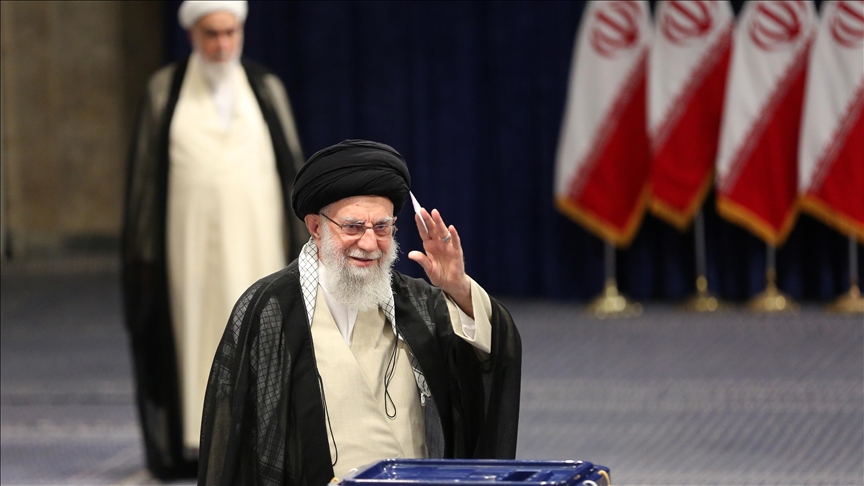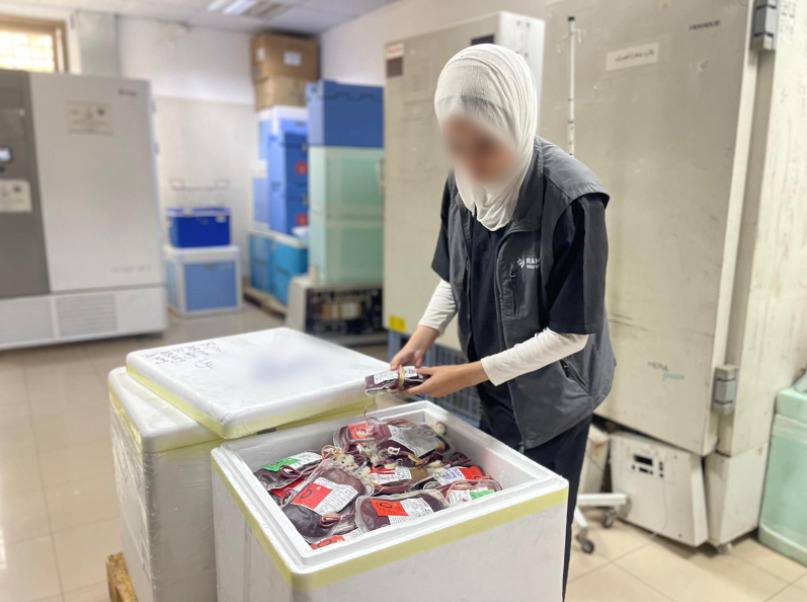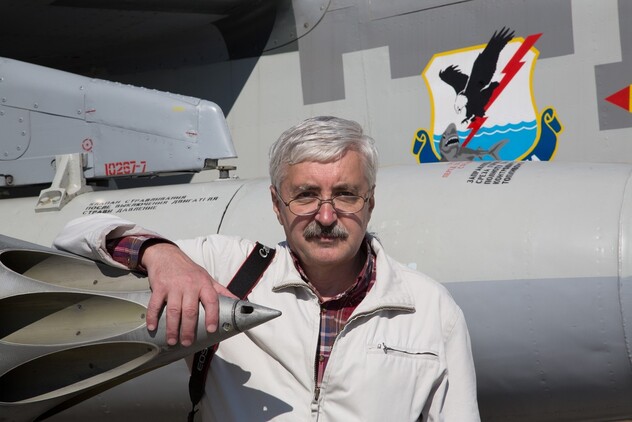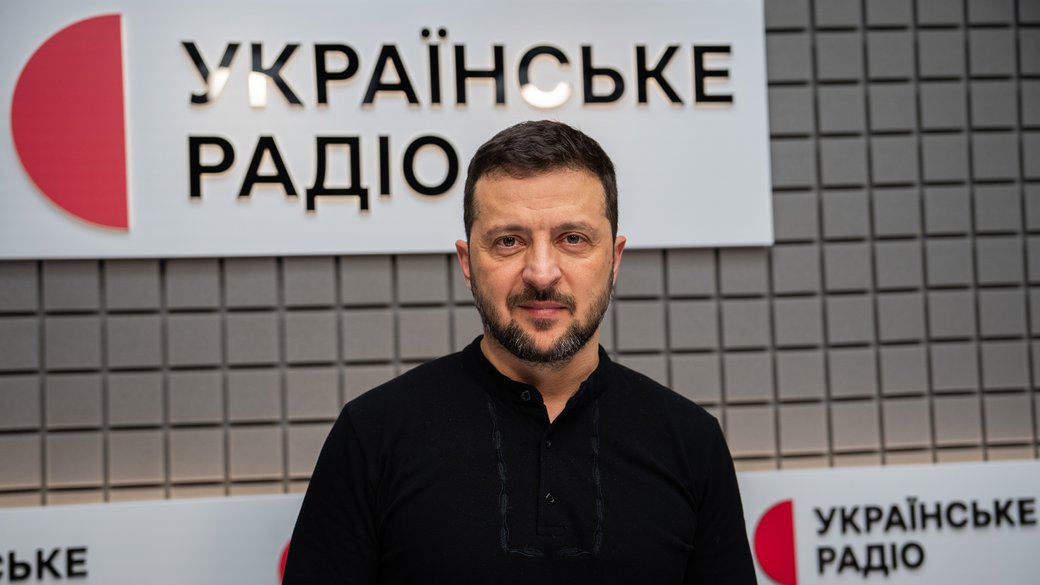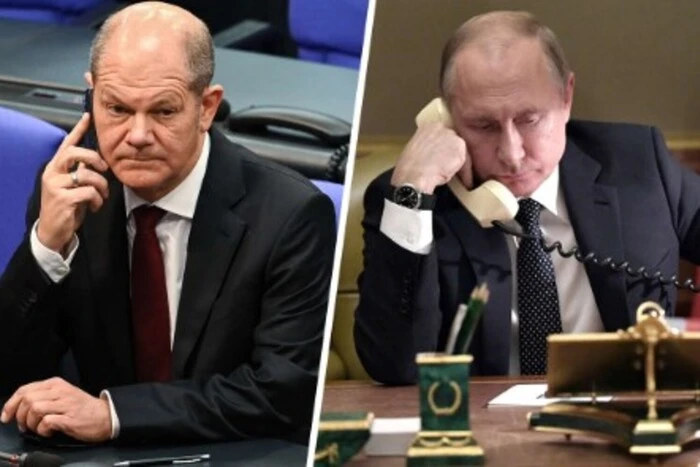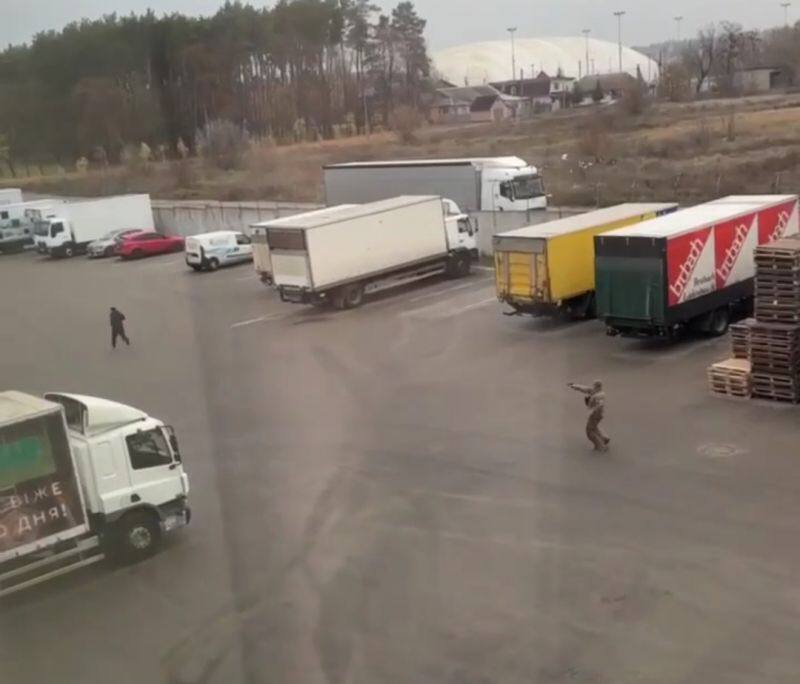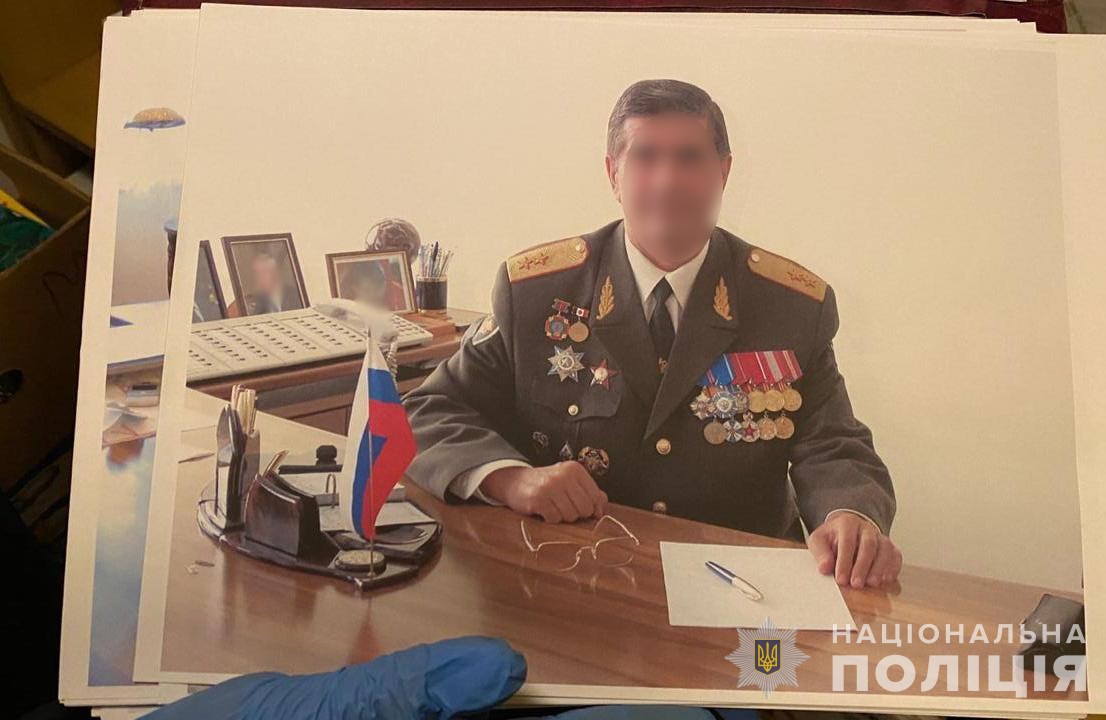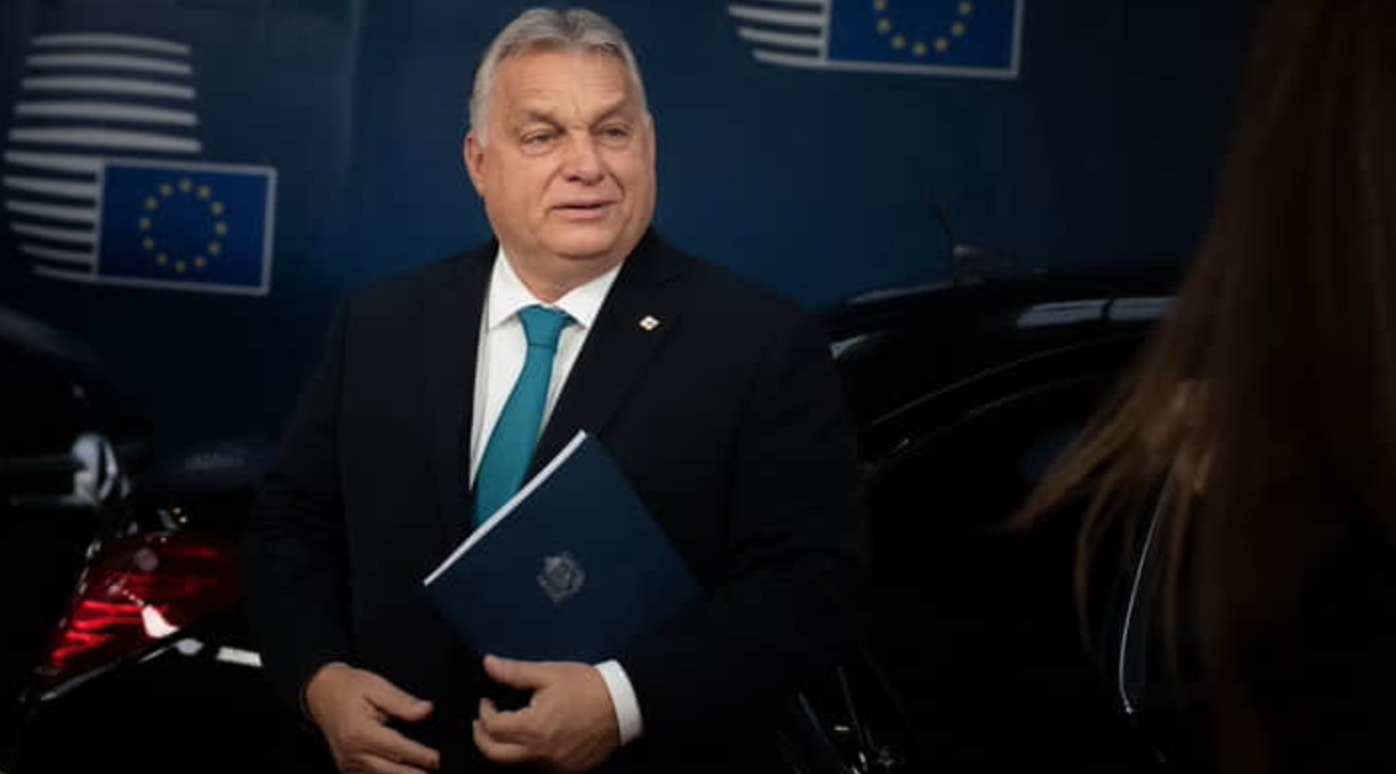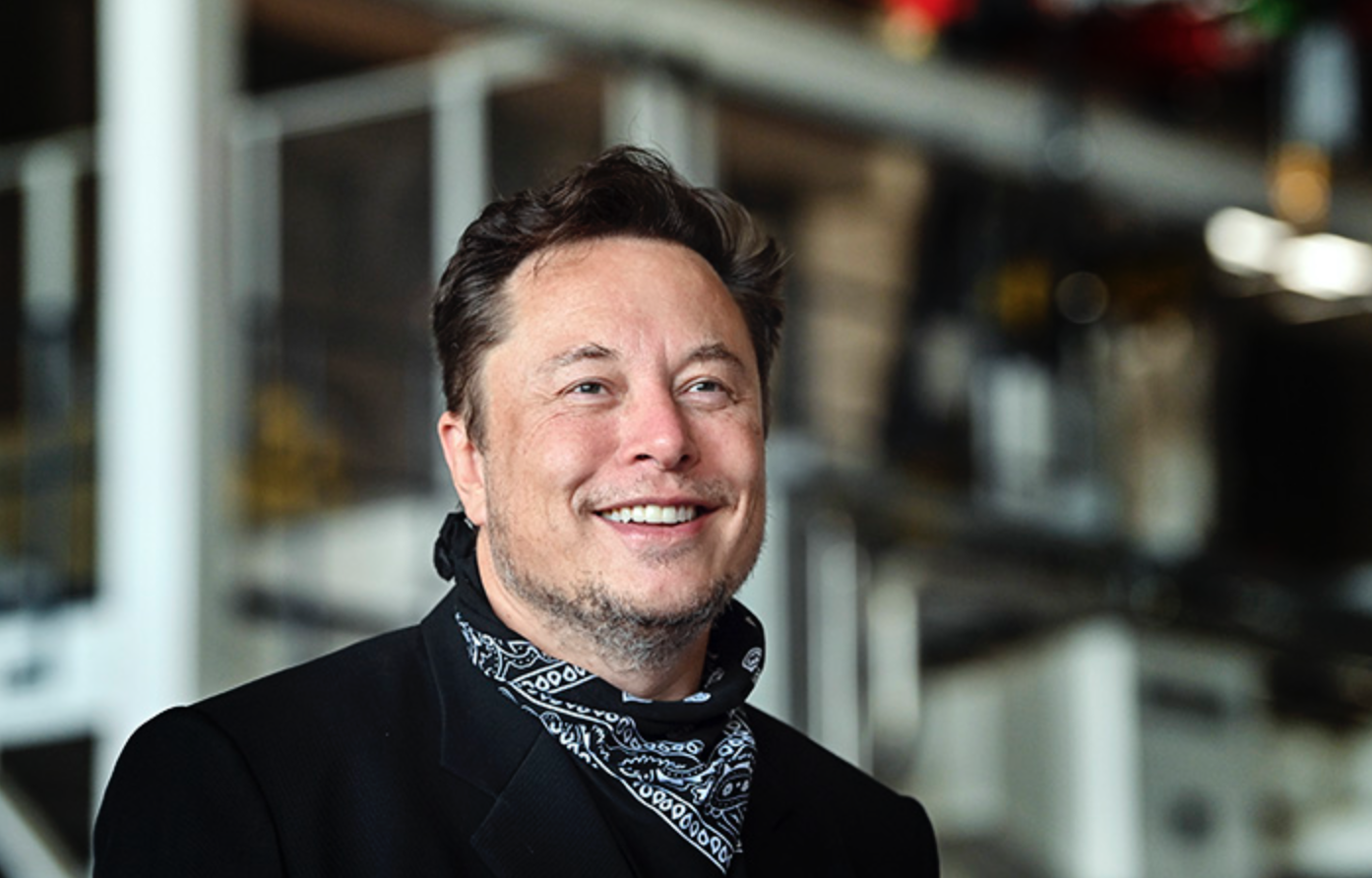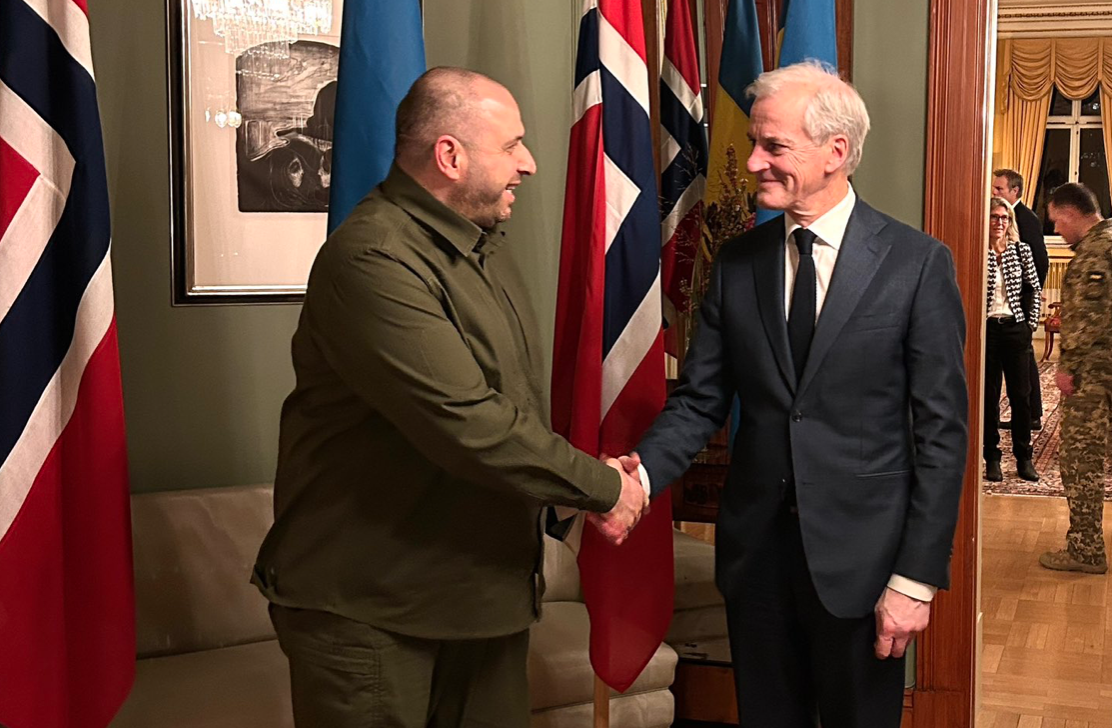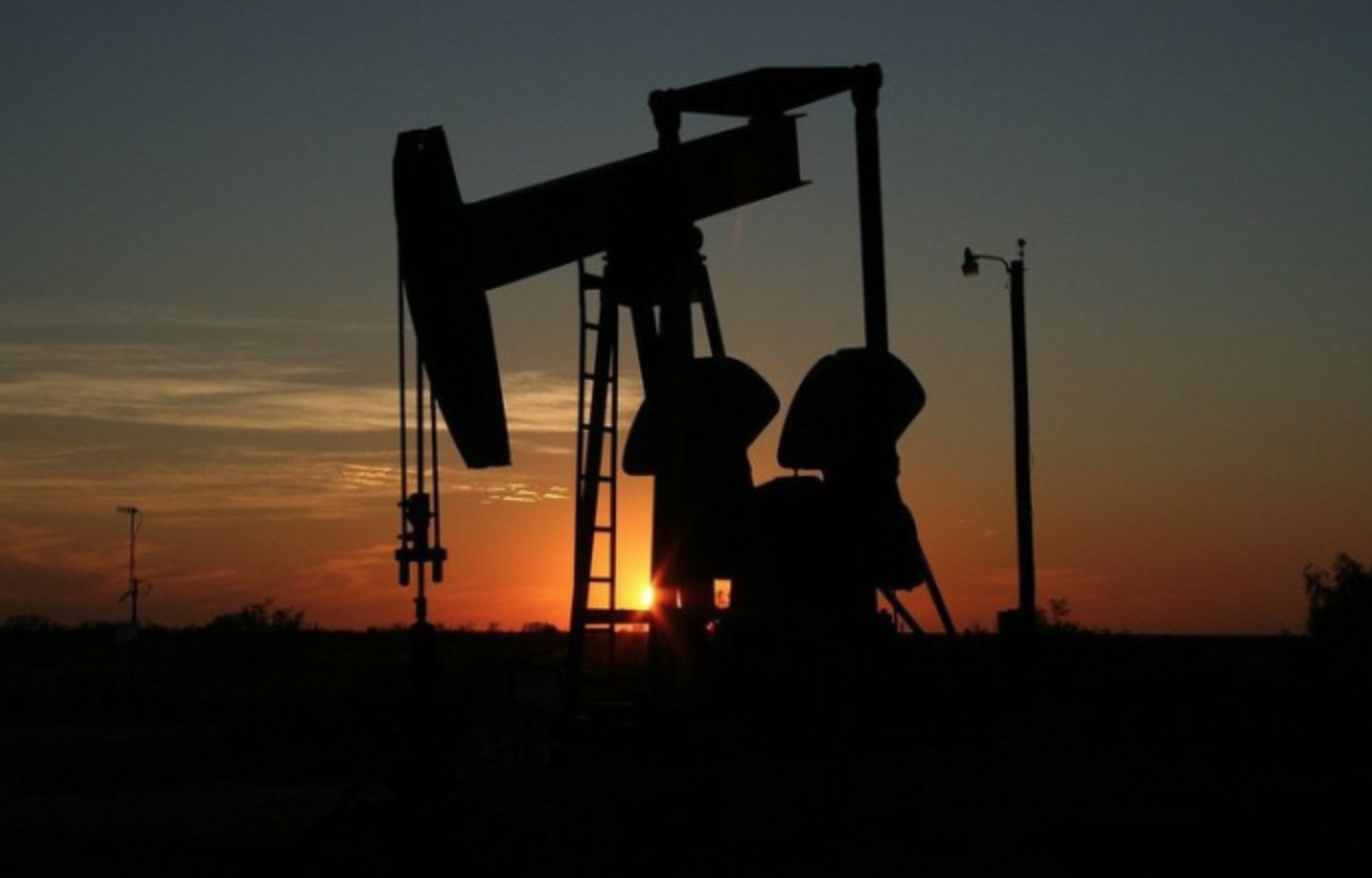Nuclear-powered strategic submarine Knyaz Vladimir, Photo: Press service of the Russian Ministry of Defence / AP / Profimedia
Russia has announced the start of development of nuclear-powered submarines to transport liquefied natural gas (LNG) from the Arctic to Asia, with the aim of cutting the transport time by almost half, Reuters reports. The new Northern Sea Route (NSR) route is intended to be a faster alternative to the Suez Canal.
Previously, Russia used only nuclear-powered icebreakers to open this route, which runs along the Arctic coast from Murmansk to the Bering Strait. However, the country faces a shortage of ships capable of traversing the thick Arctic ice, which has become an obstacle for the new Arctic GNL 2 project, which has been subject to US sanctions due to Russia’s invasion of Ukraine.
Despite the launch of production at Arctic GNL 2 in December last year, the first gas deliveries, which began in August, have not yet reached their end customers.
Last week, at a conference in St Petersburg, Mikhail Kovalchuk, head of the Kurchatov Institute and a close ally of Vladimir Putin, announced a new project for nuclear submarine gas carriers. He noted that such vessels would be able to transport gas without the constant escort of icebreakers, which is a key problem in Arctic waters.
“The idea of creating submarine gas carriers with a nuclear power plant has been discussed since the early 2000s. Now the Kurchatov Institute and Gazprom have started working on the project, and this will significantly accelerate its implementation,” Kovalchuk said.
According to Russia’s RBC, the submarines could reduce the voyage time of the SSBN from 20 to 12 days and carry about 180,000 tonnes of LNG, roughly the same amount as current Arc 7 gas carriers. These submarines are expected to be 360 metres long and up to 70 metres wide, with RITM-200 nuclear reactors, which are already used on Russian icebreakers.
However, not all experts share the enthusiasm for this project. Alexander Nikitin, a former Russian Navy officer and nuclear energy expert at the Bellona Environmental Transparency Centre, expressed doubts about Russia’s ability to implement such an ambitious plan. He noted that it would require not only special submarines, but also additional service vessels, docks, and crews with special training.
“Maybe they are thinking: ‘Maybe this will work,’ but in the current situation, it’s unlikely,” he added, calling the project a “bluff”.

